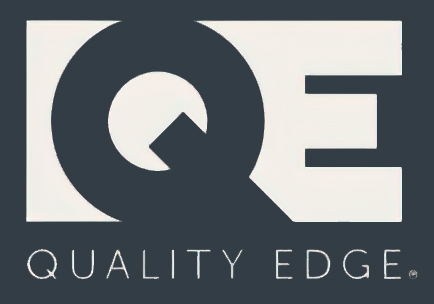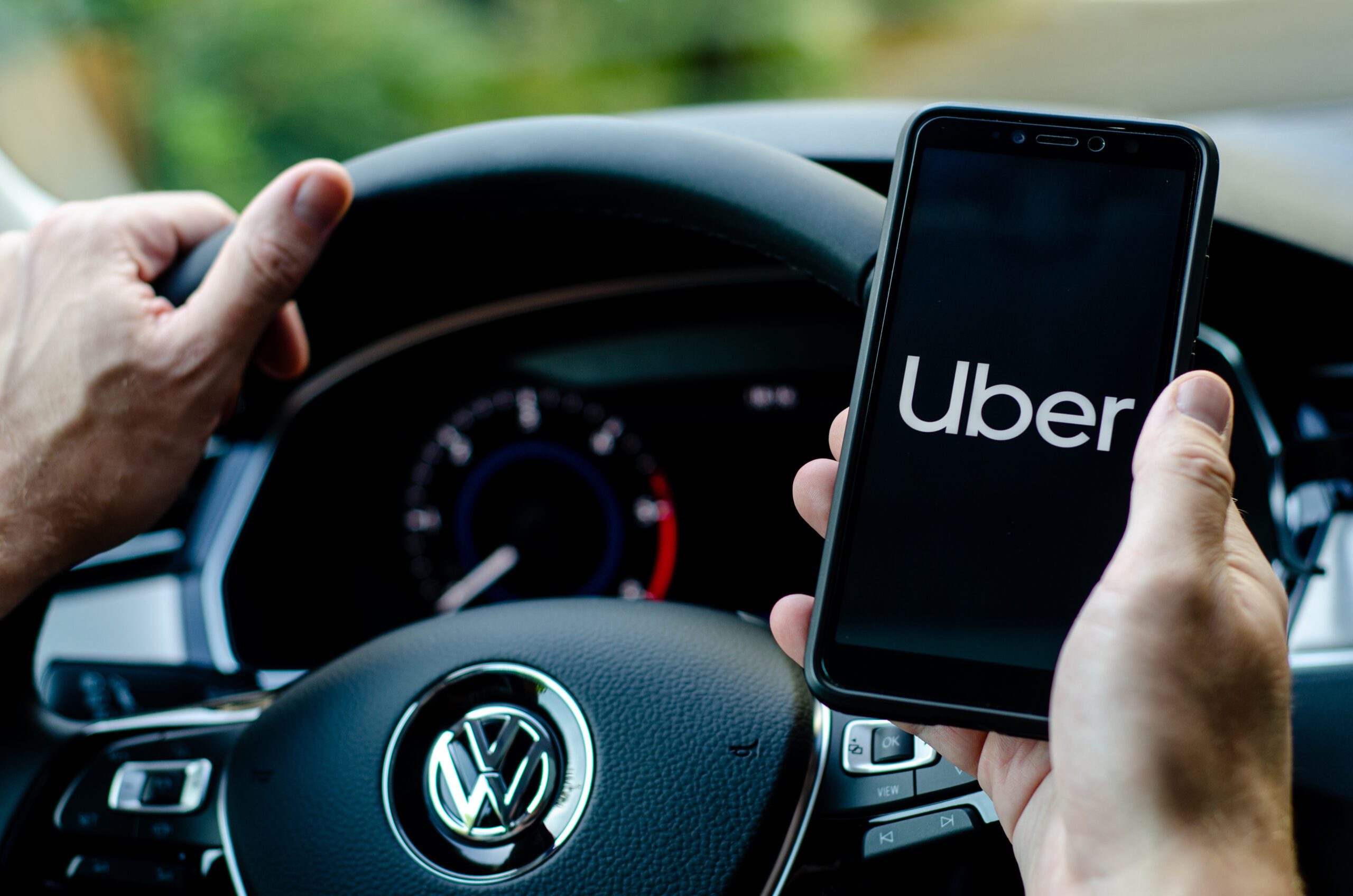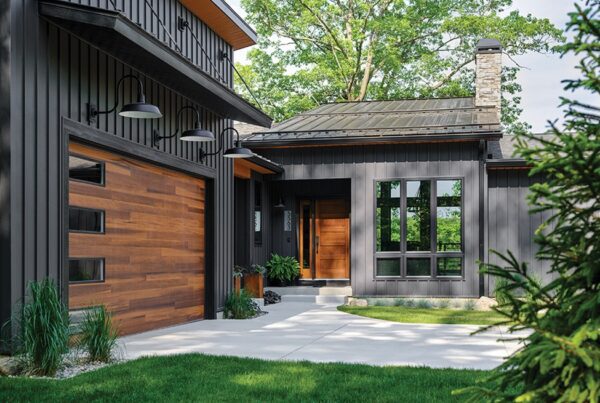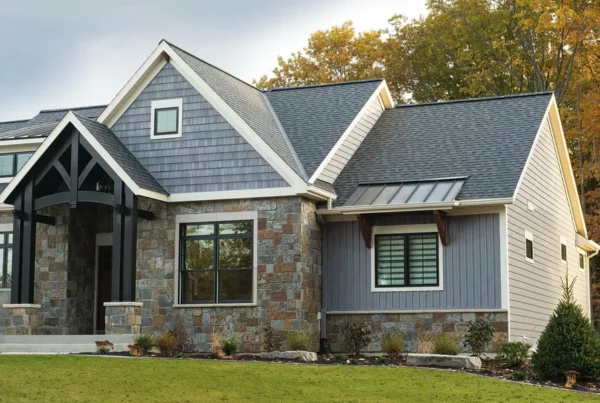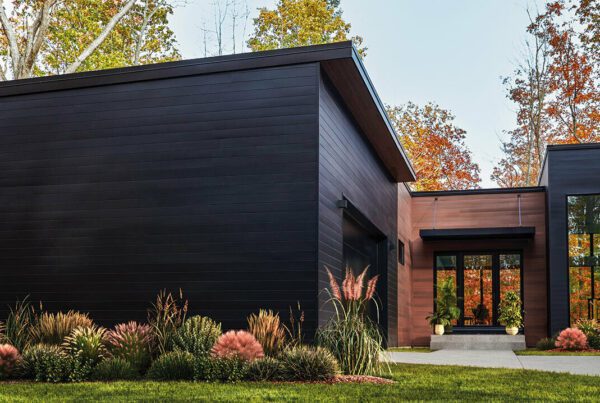Five years ago, most people used a cell phone to call a cab.
Today, because of one little app developed by a pair of innovators in San Francisco, most people default to Uber to arrange a ride more efficiently and economically than any other way.
The smart phone is a fact of B2B and B2C commerce, and an indispensable tool for everyone from commuters to contractors to individual homeowners. It’s only a matter of time before disruptive technology changes the landscape of how homeowners approach construction and remodeling.
Disruptive technology, according to the McKinsey Global Institute, is any development that has the power to transform life, business, and the global economy. Uber is only the most powerful recent example of a disruptive technology. Rental car transactions have fallen 15% in the last two years among business travelers, while the number of taxi rides has fallen 23%. Uber now accounts for 43% of ground transportation transactions – clearly the most popular option for business travelers. Other application developers from all types of business have scrambled to copy Uber’s business model, resulting in the term “Uberification.”
New ways of marketing residential construction products and services are already emerging. Here are just a few examples:
Services. Last year Amazon launched Amazon Home Services selected cities selling many types of contractor services to the homeowner market. Consumers see links to service providers along with the products they are searching for, in case they need assistance installing that new light fixture.
Interior design. The Houzz.com website initially made a name for itself as a way for consumers to browse ideas and create personal “idea books” for their own homes. It was only a matter of time before the B2C marketing opportunity became clear. Now, when a consumer sees the perfect kitchen fixture in an image, they can do much more than just add it to an online idea book – they can order it right through the Houzz site. Price becomes less important in this model than the consumer’s emotional response, and a new distribution process has been established that can be applied to all kinds of home interior products.
In the building products industry, disruptive technologies may change product distribution in much the same way as Uber has done.
Product distributors that can foresee and adjust to these industry changes can survive and thrive. The key is to stay abreast of changing technologies and business models in residential construction.
